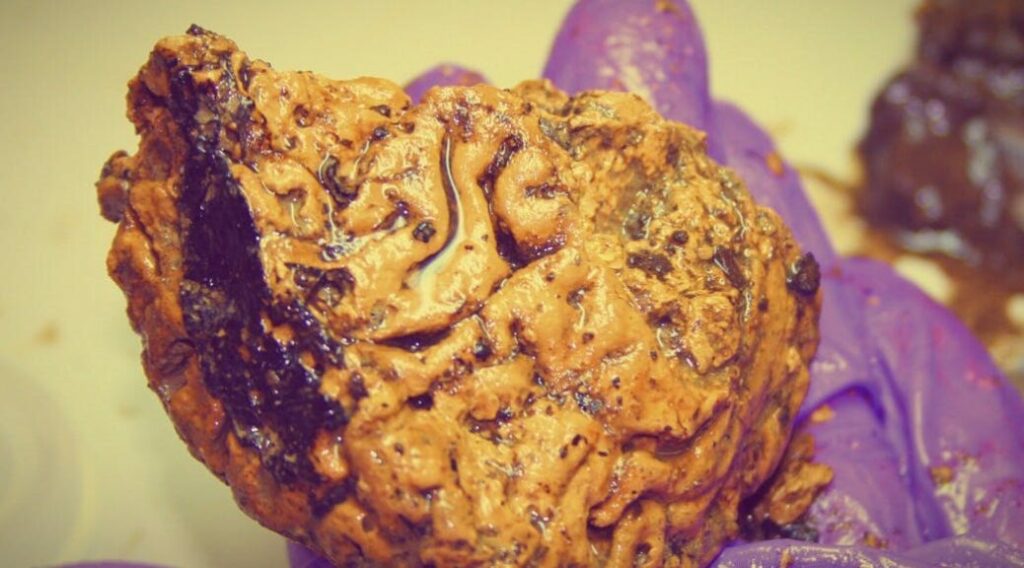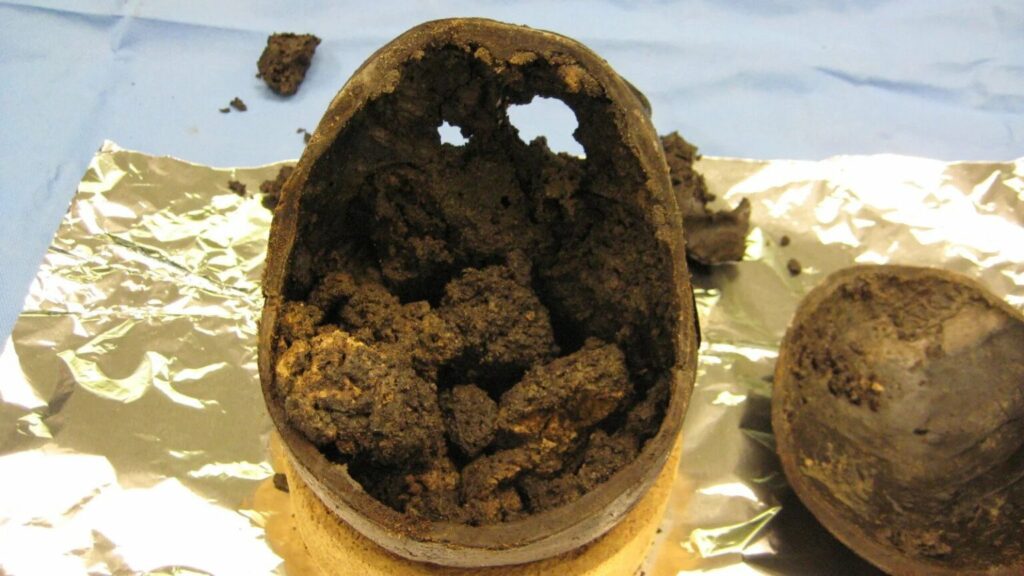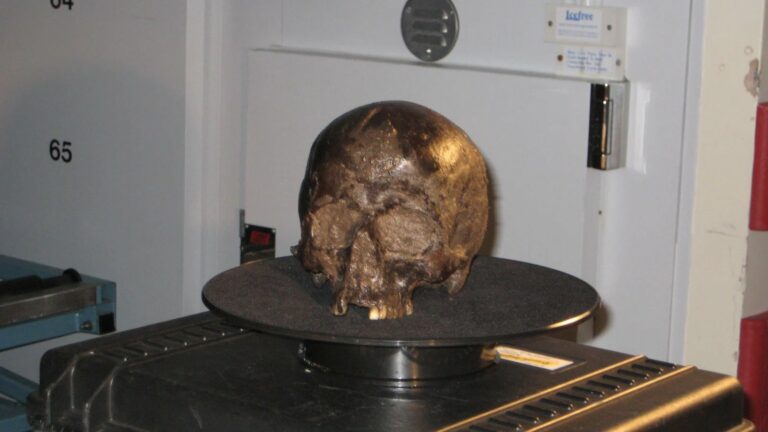Discovering the Heslington Brain: An Ancient Marvel
In 2008, an incredible find was made in a mud pit in Heslington, Yorkshire, England. Researchers uncovered a 2,600-year-old human brain, known as the “Heslington brain.” This brain is not only the oldest but also the best-preserved example ever discovered in Eurasia. Dating back to the Iron Age, between 482 and 673 BC, this remarkable discovery has fascinated scientists and provided a unique opportunity to study the human brain’s structures and functions at a molecular level.

The Mystery of Preservation
For over two thousand years, this ancient brain managed to avoid the usual processes of decay. Scientists are now working to understand how it remained so well-preserved. Using advanced microscopy techniques, an international team of experts began investigating the brain tissue closely.

Exploring Protein Aggregation
Their research, published in the Royal Society Interface Journal, identified over 800 proteins in the brain tissue sample. Some of these proteins were in surprisingly good condition, allowing scientists to examine their structures and functions more closely.

Interestingly, they found that these proteins had formed tightly packed, stable aggregates. This arrangement is much more stable compared to what is typically seen in healthy brains today. It’s believed that this unique protein aggregation contributed significantly to the brain’s preservation, protecting it from aging and decomposition.
Impacts on Brain Disease Research
The discovery of these stable protein aggregates has important implications for understanding brain diseases, especially those linked to protein misfolding and aggregation, like dementia and Alzheimer’s disease.
Insights into Dementia and Alzheimer’s Disease
Diseases such as dementia and Alzheimer’s are characterized by the buildup of harmful proteins (amyloid and tau) that clump together and lead to brain cell death. The aggregation process seen in the Heslington brain appears to have played a protective role, helping to preserve brain proteins for thousands of years.

This finding offers new evidence regarding the stability of non-amyloid protein aggregates and presents an opportunity for scientists to investigate how protein preservation works in the human brain.
Hope for Brain Disease Research
As millions of people worldwide face challenges from dementia and Alzheimer’s disease, the Heslington brain provides hope for future research. Insights gained from studying this ancient specimen may help in developing new strategies to tackle these serious conditions and potentially lead to innovative therapies or preventative approaches.

The outstanding preservation of the Heslington brain and the valuable molecular information it holds highlight the resilience of the human body. Ongoing research may reveal more secrets about preserving and protecting the complex functions of the human brain, paving the way for a better understanding and treatment of brain diseases in the future.

